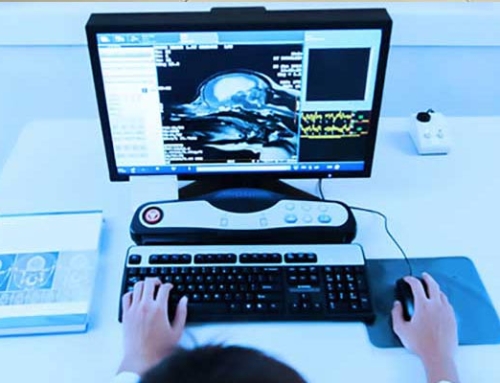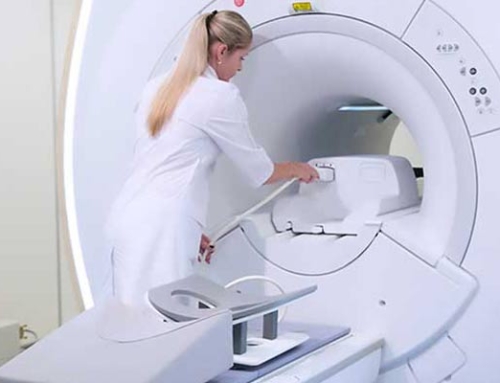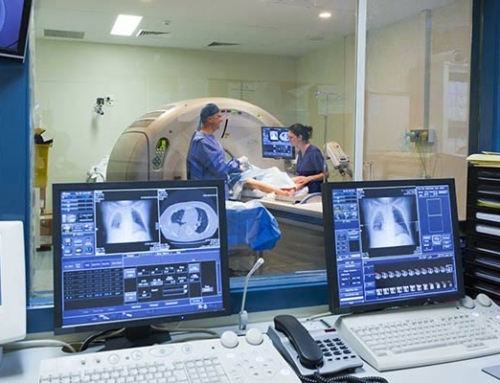Aspiring MRI technologists should hold an underlying radiography certificate and a bachelor’s degree or associate’s degree from an accredited school in radiologic technology or MRI to practice in the field. Those interested in advancing into MRI should look to enroll in post-primary MRI tech programs to obtain ARRT structured education and practical clinical knowledge required by the American Registry of Radiologic Technologists.
The post-primary pathway as an RT is the most common educational path used in pursuing an MRI career. This is why it is important to choose MRI tech programs that include ARRT-approved education and clinical training to fully acquire the knowledge and skills needed for the job.
What Do They Teach in MRI Tech Programs?
Some of the classes or modules included in MRI tech programs are physics, pulse sequence design, comprehensive anatomy, MRI parameters, and of course, patient care. Several hours will be allocated for clinical training as well. Both are required to be eligible for the MRI certification registry.
Many radiologic technologists are considering shifting to MRI because MRI techs tend to receive better compensation and enjoy long-term growth. Furthermore, practicing radiologic technologists are already familiar with most of the modalities associated with working with MRI. It’s easier for them to understand and adapt to the technology behind MRI. Upon passing the certification examination, one may start working as an MRI technologist, but most employers prefer at least 1 year of experience.
What You Need to Know About MRI Technologists
MRI technologists need continuing education to keep their certification active in the field. Educational credits or CEs are required every two years to maintain their certification. Some of the MRI tech programs and courses that can be used as continuing education credits are those related to cardiac imaging, musculoskeletal, and interventional procedures. Ensure that the training course or program you enroll in is duly approved by the ARRT and ASRT.
It is highly possible to take advantage of online MRI tech programs these days. Doing so is highly recommended to practicing radiologic technologists who want to make a career shift while still working. Those who want to obtain educational credits for continuing education may very well take online classes as well so as not to impose a huge burden on their schedule while getting on with the daily challenges of their job.
Job Outlook and Licensure Procedure for MRI
The future is promising for aspiring MRI technologists as statistics show a forecasted increase of 13% in job outlook, according to the Bureau of Labor Statistics. Analysts also say that it’s highly possible for the trend to continue in the next decade. This gives MRI technicians job security, not to mention a bigger paycheck.
To practice as an MRI technologist, you must pass the ARRT MRI certification exam. As a radiologic technologist, a post-primary pathway can help you prepare and earn certification. To be eligible for the ARRT certification exam, you must hold a license in radiography, sonography, nuclear medicine, or radiation therapy and have documented history of enrollment in MRI tech programs and complete clinical requirements. Once you meet all these requirements, then you’ll be eligible to sit for the certification exam and apply for MRI positions.
Additional Information Related to MRI Registry Review







